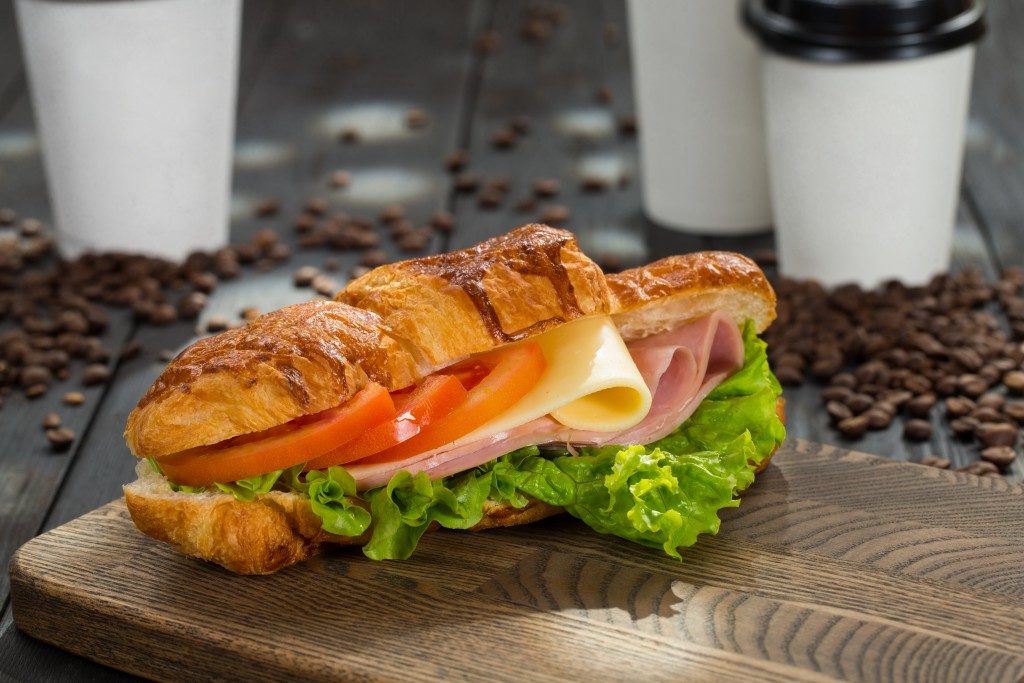Being busy at work leaves you with little to no time to prepare your meals. After a long day in the office, it’s tempting to order something for takeout in a fast food joint or resort to eating out so you can rest or sleep as soon as you get home.
Meal prep is a solution many young professionals need so they can make homemade and, ideally, nutritious meals in advance. It involves dedicating a day to pre-cook meals and to store them for reheating within the week.
Meal prep helps save time and money because you plan meals in advance and dedicate a day solely for preparing your meals for a certain period. You don’t have to resort to takeout or eating out because there’s a ready-made meal available at home. Having meals prepared in advance also reduces portion sizes and helps people reach nutrition goals. Since meal-prepping involves planning what to eat in advance, it can lead to more nutritional meal choices in the long run.
Different Meal Prep Methods
A common image of meal-prepping involves spending an entire Sunday preparing dishes for the upcoming week. However, there are different ways to meal prep.
- Make-ahead prep is a common method in which you prepare food that can be refrigerated and reheated during mealtimes.
- Batch cooking involves making large portions of one recipe. The food is then split into individual portions to be frozen.
- Individually portioned meals are made and rationed into individual grab-and-go containers.
- Ready-to-cook ingredients reduce cooking time in the kitchen because ingredients for specific dishes are prepared ahead of time.
The meal-prep method that will work best for you depends on your daily routine and nutrition goals. For example, if you don’t have the time to make meals as soon as you get home, a make-ahead method is the best option. You can also choose to mix and match methods depending on your circumstances.
Planning Your Meal Prep

To begin planning your meal prep, start by deciding on what meals to make and which method suits your lifestyle. Check the calendar to determine how many meals for breakfast, lunch, and dinner you’ll need for the upcoming week. Don’t forget to consider the times you’re likely to dine out with friends, your date, or with clients.
When selecting your meals, start with recipes that you’re familiar with for easier transition into meal planning. Change up your meals every week for variety. Using a variety of ingredients also provides your body with the necessary nutrients.
Reward yourself at least once a week with a guilty pleasure, like a small cookie from your favorite café or those famous cheese curds from Wisconsin, but remember to control the portions.
Meal prepping is a great choice if you want to eat something nourishing while spending less time in the kitchen. It also encourages you to eat healthier food in appropriate portions. The key to success is choosing a meal-prep method that works for you, planning and preparing ahead, and opting for variety every week.

